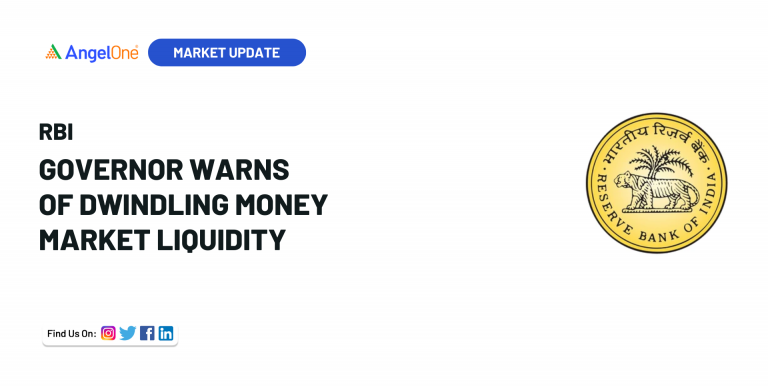
During the 24th FIMMDA-PDAI Annual Conference held in Bali, Reserve Bank of India (RBI) Governor Sanjay Malhotra raised a red flag regarding the shrinking liquidity in the call money market. This tightening of liquidity conditions, he noted, could hinder the seamless transmission of monetary policy decisions and limit the potential benefits of current policy rate cuts for the broader economy.
Governor Malhotra emphasised that the efficiency of monetary transmission depends heavily on the functioning of the short-term money market, particularly the call money segment, which plays a critical role in interbank lending.
One of the major concerns highlighted by the governor was the persistent asymmetry among three key money market rates: the call money rate, market repo rate, and the Triparty Repo (TREPS) rate. These rates, ideally, should move in tandem, reflecting a well-integrated liquidity framework. However, deviations have been observed.
Governor Malhotra urged banks, which are uniquely positioned with access to the RBI’s liquidity windows and money market instruments, with to act more proactively. He stressed that banks must work towards ensuring quicker and more effective transmission of the RBI’s liquidity management actions to the wider market.
In his address, Governor Malhotra highlighted the urgent need to build a robust, risk-free term structure for short-term interest rates, particularly in the three-day to three-month maturity range. Such a structure would serve as a reliable benchmark for pricing a wide range of financial instruments, including loans and other interest rate-linked products.
A well-developed term structure in this segment is vital for fostering transparency and efficiency in interest rate pricing, which in turn supports better risk management across the financial system.
Read More: Rate Cut Alert! RBI Just Made Borrowing Cheaper – Here’s What It Means for Your Stocks and SIPs
Addressing concerns in the swap market, which currently relies on overnight rates, the governor noted that this may not be the ideal mechanism for entities aiming to hedge interest rate exposure. The overnight rate is often used to express expectations of future monetary policy changes, making it a less stable foundation for hedging long-term risk.
Drawing parallels with developed economies, Malhotra pointed out that having two distinct benchmark rates—one for monetary policy expectations and another for risk hedging—helps improve the resilience of the financial ecosystem. He called for the development of basis swap instruments and derivatives based on the Secured Overnight Rupee Rate (SORR) to address these limitations and support market participants in managing basis risk more effectively.
Despite liquidity challenges in specific segments, Governor Malhotra affirmed that India’s broader financial markets have remained largely stable. The foreign exchange market, government securities, and money market segments have shown resilience. While the Indian rupee experienced some pressure earlier, it has since recovered. Moreover, the government securities market remained strong throughout FY25, even as the equity markets faced corrections due to capital outflows.
Governor Sanjay Malhotra’s remarks underline the importance of strengthening the architecture of India’s money market. With dwindling liquidity and structural inefficiencies in short-term rates, the RBI is urging banks and market participants to enhance market depth, improve risk management tools, and ensure smoother transmission of monetary policy actions. While the overall financial system remains stable, these proactive measures are deemed essential for maintaining long-term financial resilience.
Disclaimer: This blog has been written exclusively for educational purposes. The securities mentioned are only examples and not recommendations. This does not constitute a personal recommendation/investment advice. It does not aim to influence any individual or entity to make investment decisions. Recipients should conduct their own research and assessments to form an independent opinion about investment decisions.
Investments in the securities market are subject to market risks, read all the related documents carefully before investing.
Published on: Apr 21, 2025, 3:08 PM IST

Team Angel One
We're Live on WhatsApp! Join our channel for market insights & updates